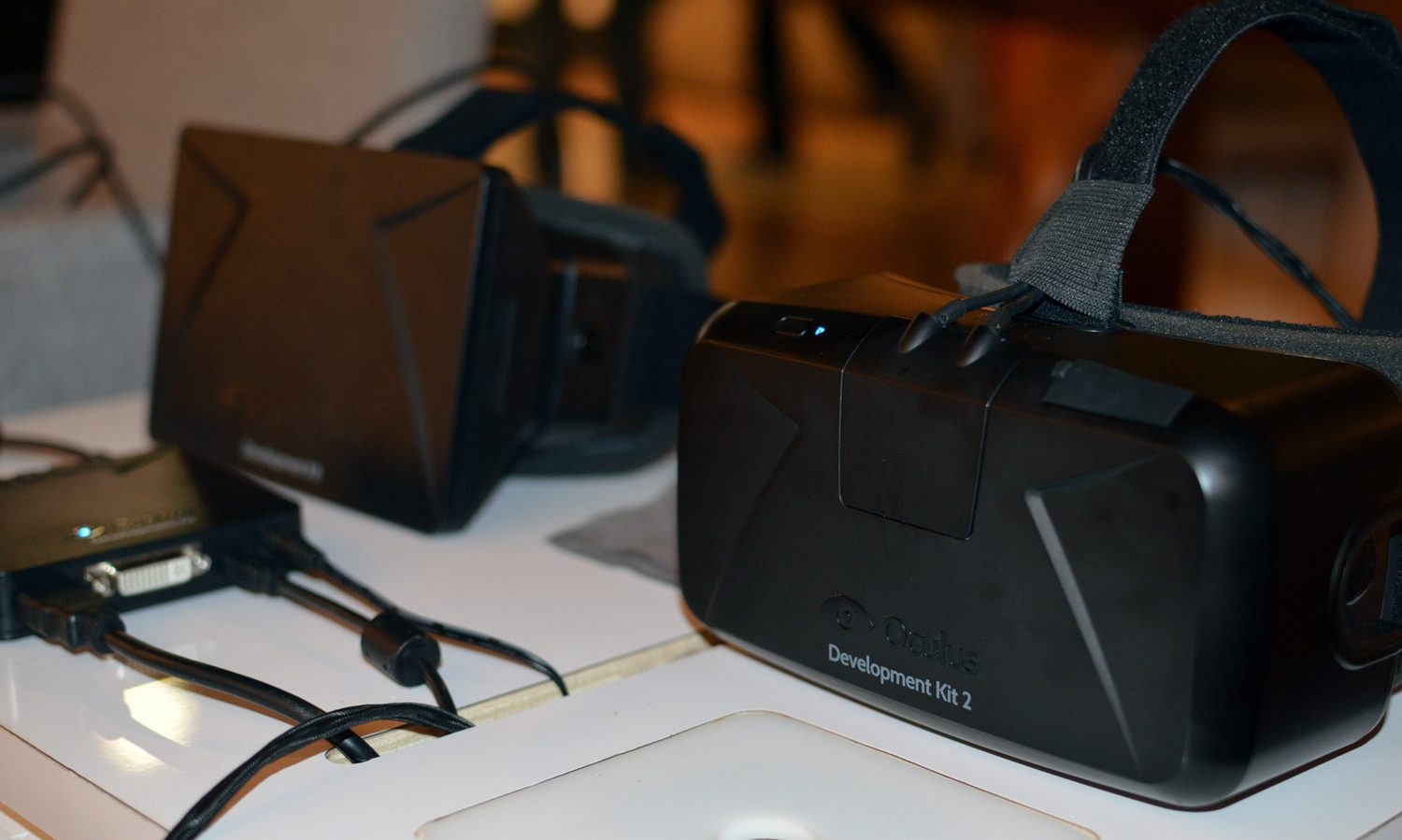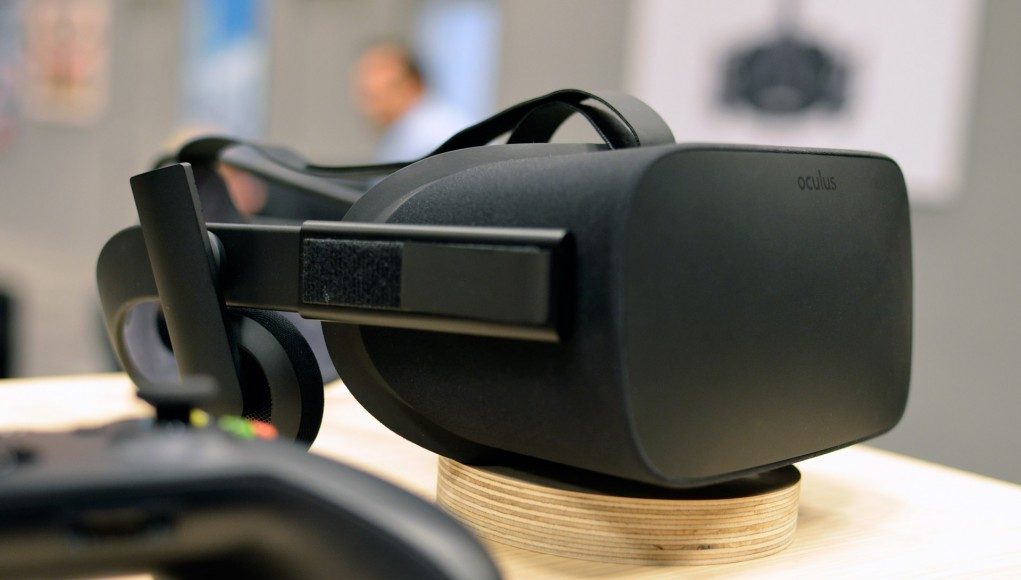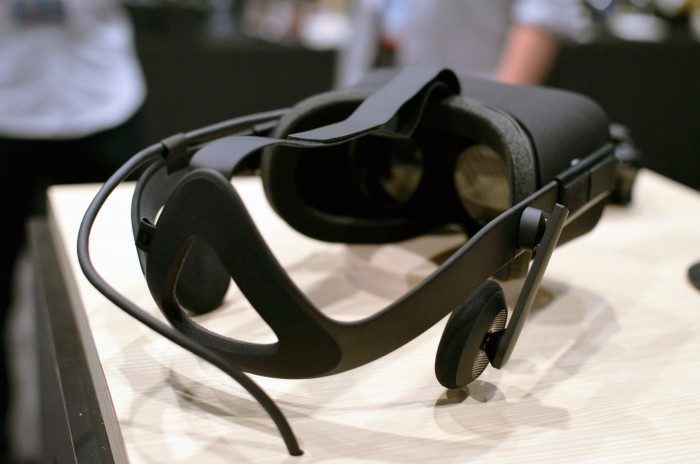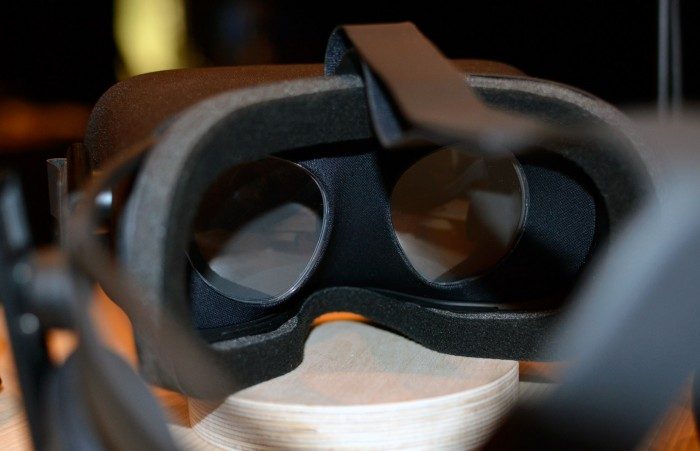Although Oculus has revealed the design of the consumer Oculus Rift (the so called ‘CV1’), there’s still some crucial facts that we’ve yet to learn about the highly anticipated VR headset.
Price
What will it cost? This has been part of the Rift discussion since the early days. One of the major breakthroughs of the company’s first development kit headset (the DK1) was its performance (or experience) to cost ratio. The DK1 was not the first VR headset to have a wide field of view or high quality rotational headtracking, in fact, there were a number of contemporary and even preceding headsets that exceeded it in all of those aspects. But the DK1 was the first VR headset to package a solid immersive VR experience at a price point that was attractive to the everyday tech consumer—just $300—and that made all the difference.

After the DK1, Oculus revealed the Rift DK2 which was a huge step up in performance. The DK2 featured a higher resolution display with better characteristics, and most notably, equipped the headset with a positional tracking system that allowed the device to track translation (movement of a player’s head through 3D space, also known as positional tracking), in addition to rotation. The upgrades brought the unit up to $350.
Oculus has yet to commit to a price for the consumer version of the Rift. Early on, the company said that they were aiming for the same $300 price point as their original Kickstarter cost for the DK1, but as time has gone on and the company has changed its scope, they’ve shied away from making specific price claims.
It’s very hard to gauge where the headset’s price will fall. On the one hand, the company has achieved a level of scale that could reduce manufacturing costs. But from the DK2 to the CV1, there’s been a number of upgrades that could negate any bulk-manufacturing benefits; there’s the dual 1080×1200 OLED displays, custom lenses, a more robust strap system with additional tracking hardware on the back of the headset for 360 degree tracking—not to mention more complex mechanical elements to facilitate the physical IPD adjustment function.
However, we also have to factor in an important milestone that happened during Oculus’ growth. Facebook bought the company in March 2014, bringing a number of possible advantages; Oculus Founder Palmer Luckey said about the acquisition that “This deal specifically lets us greatly lower the price of the Rift.” Just prior to the announcement of the acquisition, Oculus said at E3 2014 that they hoped to be able to initially sell the headset “at cost”—with no profit margin.
One of the most recent indications of price came back in May when Oculus CEO Brendan Iribe said that the price combined with the purchase of a capable computer, “…should be in that $1,500 range.”
Given that the company’s recommended computer specifications can be built for around $1000 (currently), a $500 price for the Oculus Rift CV1 may not be out of the question. If we’re to assume that the current ~$1000 price for the company’s recommended computer specs will drop by the time the headset launches later in 2016… the company could be setting a price expectation even higher.
Field of View
Another spec that Oculus has shied away from with the approach of their consumer release is the field of view (FoV). FoV specifies how much of your natural vision is overtaken by the headset’s view. While Oculus has specified that the Rift DK1 and DK2 have a diagonal FoV of 110 degrees and 100 degrees respectively, the company has actively dodged the question with regard to the Rift CV1.
At E3 2015, I put the question to Oculus Founder Palmer Luckey as the first order of business. “Field of view?” I asked at point blank.
“…that’s a complicated question,” Luckey said. He went on to explain perhaps one reason why the company isn’t saying—that field of view can vary for each individual and that the measurement itself can’t be compared to others without an explanation of how it was determined.
“We could just make up a number. There’s various methodologies… we could put out a number but it’s really hard to compare between our methodology and someone else’s methodology, which may perhaps be inflated or biased,” said Luckey. “There really needs to be a standard way to measure field of view for those numbers to actually mean a lot.”
He did make it sound like we’d be hearing an official CV1 FoV from the company eventually, saying, “We’re not giving any numbers because we don’t want to be specific right now, but it is no less wide than anything that we’ve shown before.” So it seems likely that the measurement will be revealed—hopefully along with the methodology—prior to the unit’s release.
At very least, in my experience with the headset, the field of view seems noticeably larger than that of the DK2, and on-par with the Valve/HTC Vive and Sony’s 2015 Morpheus prototype.









